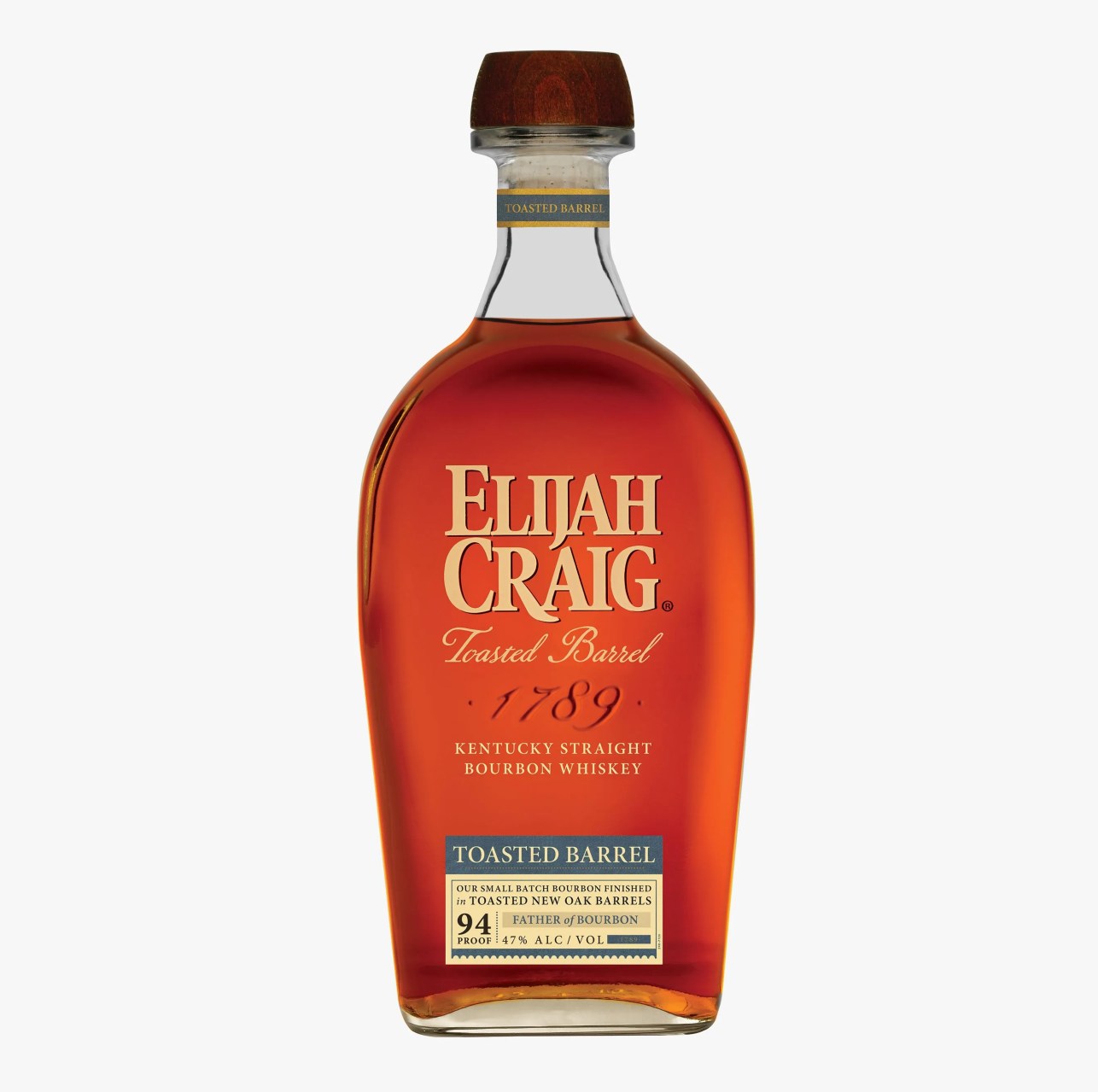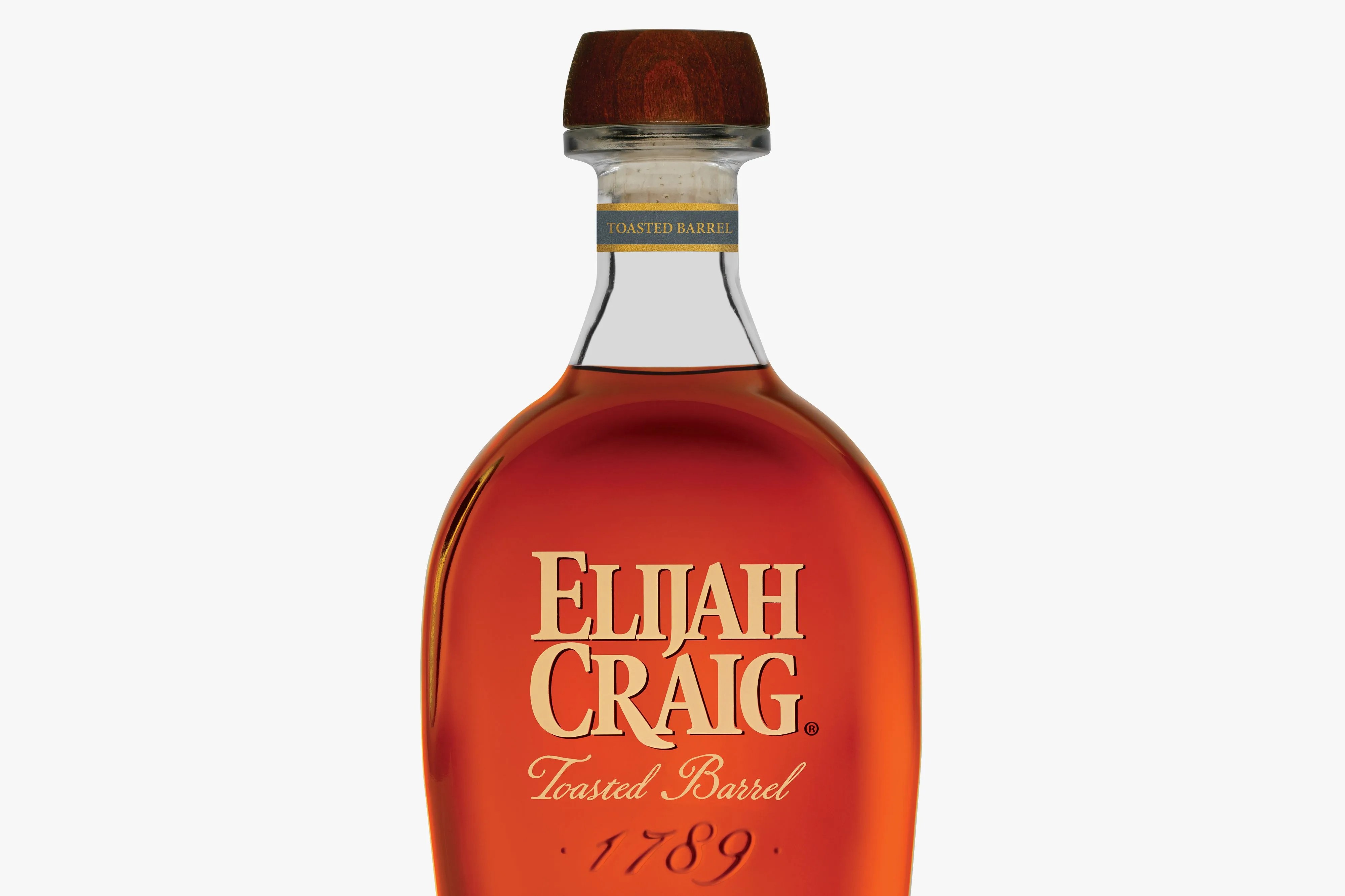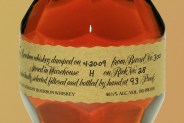Casual whiskey fans will know, according to U.S. law, a whiskey must mature in an oak barrel to call itself whiskey. Whiskey enthusiasts might pipe up and remind them that the barrels must be new and charred — a process by which a cooper fires the barrels with literal flames for a minute or so (the burn time depends on the desired char level). But it’s only the whiskey nerds (and perhaps the distillers themselves) who can talk toasted barrels, and it’s the whiskey nerds that want to buy bourbon made using them.
Where a char is a 40 to 60 second burn of the interior of a barrel, a toast is, well, a toast. The barrels are subjected to less extreme temperatures for longer durations than a barrel char. The charred interior of a barrel acts as a filter during maturation, destroying unwanted parts of the new whiskey, while also bringing flavors of its own. Most of the vanilla flavor in whiskey, for example, comes from the breakdown of lignin in oak barrels, which is expedited by charring. Caramel-like flavors, too, are largely the result of a good char, as hemicellulose (part of most plant cell walls) breaks down into sugar when fired.
Toasting is less common by default. Because it isn’t a requirement, distillers that toast barrels are adding cost to their production process to bring out different flavors. Most recently, Heaven Hill Distillery released its first toasted barrel whiskey under the Elijah Craig line. It’s the same whiskey as its massively popular, $30 small batch offering, but will be available on a limited basis for $50. What does the extra step do to the whiskey? Grab one of these toasted barrel whiskey and find out.
Elijah Craig Toasted Barrel
 Elijah Craig
Elijah CraigThe classic, 94 proof Elijah Craig Small Batch, but finished in a toasted barrel. Heaven Hill collaborated with the coopers at Independent Stave Company to create a new barrel to dump fully matured Small Batch whiskey into. Available in September, the bottle will be available in limited quantities.









